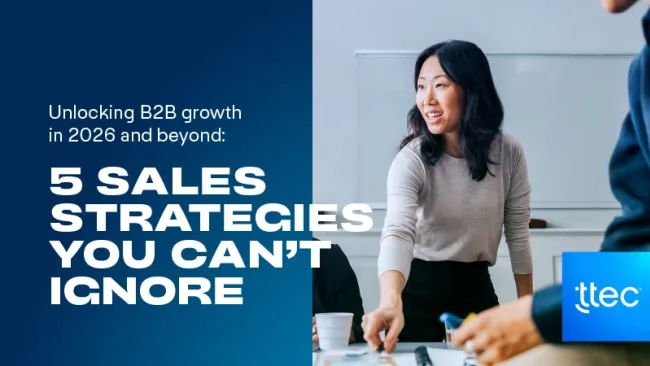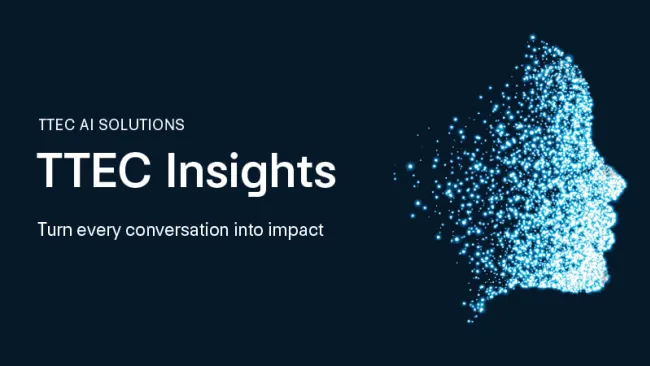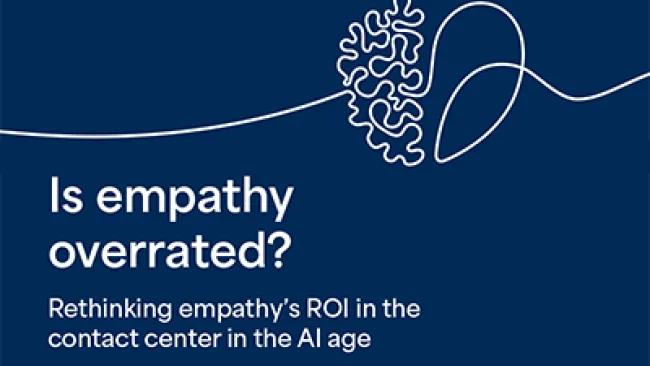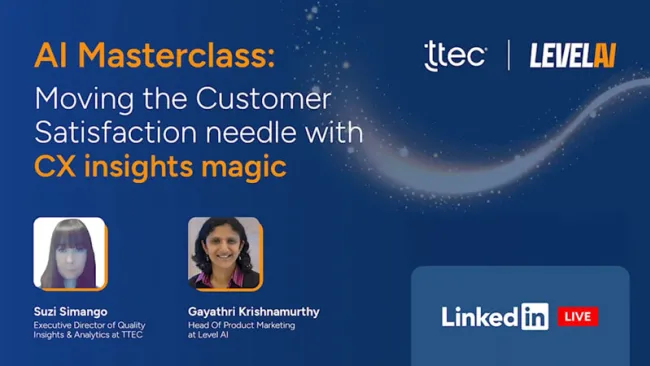The benefits of being a data-driven organization read like a business leader’s wish list: Predictive customer engagement, more efficient operations, and better-informed business decisions. The desire to be a data-driven company is one thing, however, while the reality of enabling an organization to fully leverage data insights is another. New research from Experian reveals several trends around the challenges executives face in transforming their companies into data-driven companies.
In a survey of over 500 U.S. employees with visibility into their companies’ data management practices, the majority of respondents (80 percent) said they have Big Data projects that are ongoing. The top projects involve data quality, Big Data analytics, and data governance. However, most companies are not seeing a return on investment from their data analytics projects. In fact, 69 percent say that despite many ongoing data initiatives, their organization struggles to be data-driven.
What obstacles are holding back data initiatives?
- 65 percent say inaccurate data undermines key initiatives
- 61 percent say they have traditionally underinvested in data quality
- 61 percent say it takes too long to get actionable insights from data
- Only 11 percent believe they are mature in their data quality initiatives
However, a majority say they will focus on data in the near future. The report states that 57 percent of respondents say data enablement is a key focus over the next 12 months
How to conquer data challenges
The biggest challenges cited are a lack of access to all the information needed, high volumes of data to analyze, and the length of time to prepare the data for insight. Other challenges include departments taking a siloed approach to capturing, sharing, and acting on data insights and best practices.
Becoming a data-driven organization is about more than the data itself. As the report notes: “To create a practice around data enablement, companies cannot just frame the program simply around data, but also the talent, the technology, and the culture of the organization.” Data moves throughout the business and so leaders must empower all users to leverage data insights effectively.
Lamont Exeter, head of learning and development at TTEC, recently explained in a webinar that companies need to combine learning best practices and technology to help their employees learn faster and more effectively. Exeter shared these five tips for helping employees adopt new tools, technology, and ways of working:
1. Use technology to empower employees. Taking the same technology that we’re using to empower customers and using them to empower our employees is a great way to use bots, artificial intelligence, and process automation.
2. Simplify learning. Learning tools and systems need to be easy to navigate, fully mobile, available at employees’ fingertips, and mimic consumer apps.
3. Focus on content. It has to be available, ready on demand, and consumable in a quick fashion so employees can get information quickly.
4. Create a strategy to develop sophisticated employees. Taking the time to create a multi-year, multi-generational plan will be worth it. First, get a vision in place. What are you using right now? What works and what doesn’t work?
5. Personalize the learning experience. People learn in different ways, and the curriculum and tools must reflect that. If you try to force everyone into a single format, you will lose many otherwise engaged employees.
To build a data-driven organization, business leaders need to consider the human aspects of learning, training, and collaboration as well as the technical architecture. When data enablement is done correctly, it can have a big impact on customer experience, sales growth, and other major business initiatives.
















